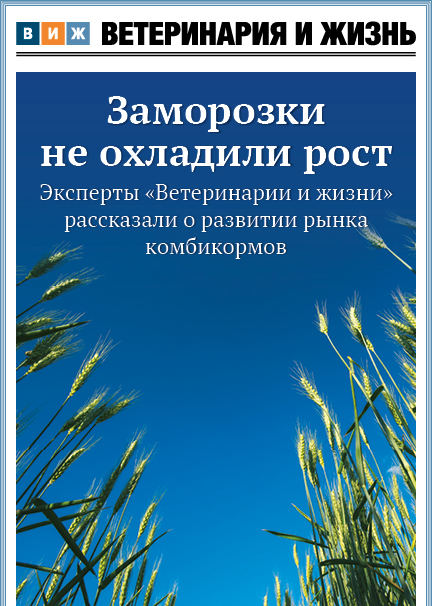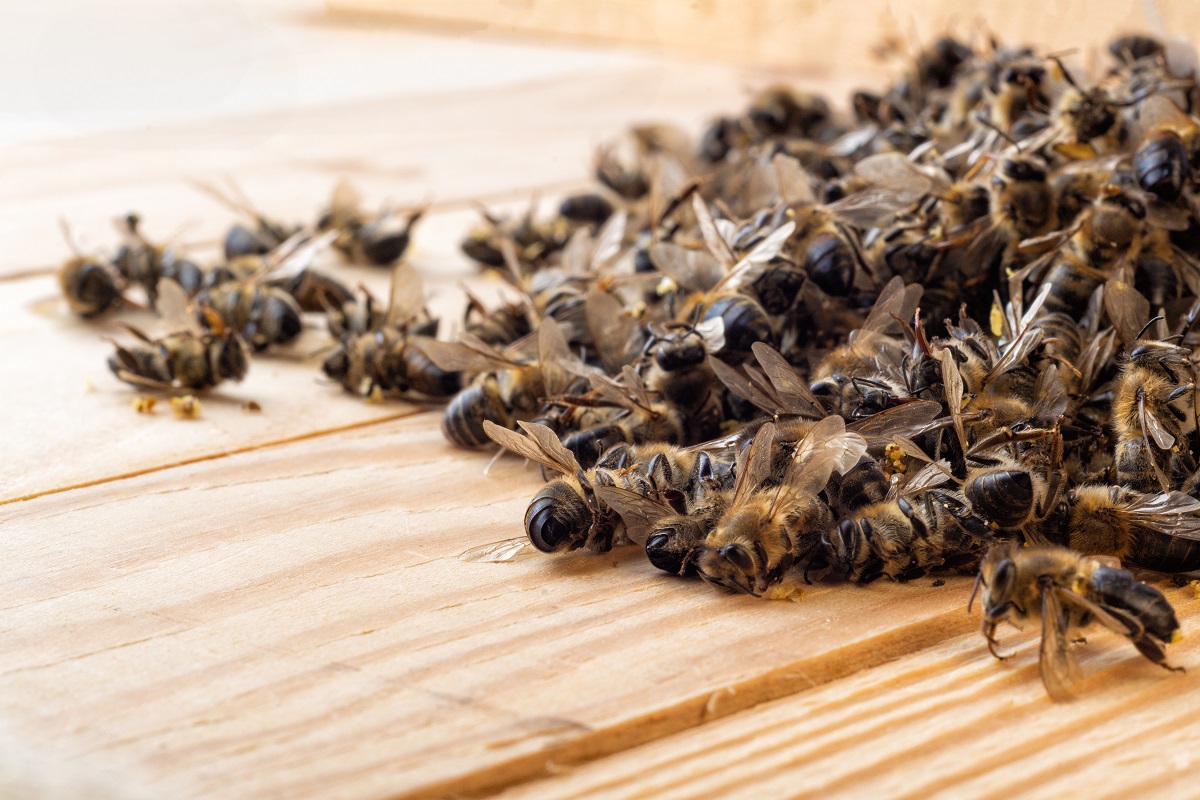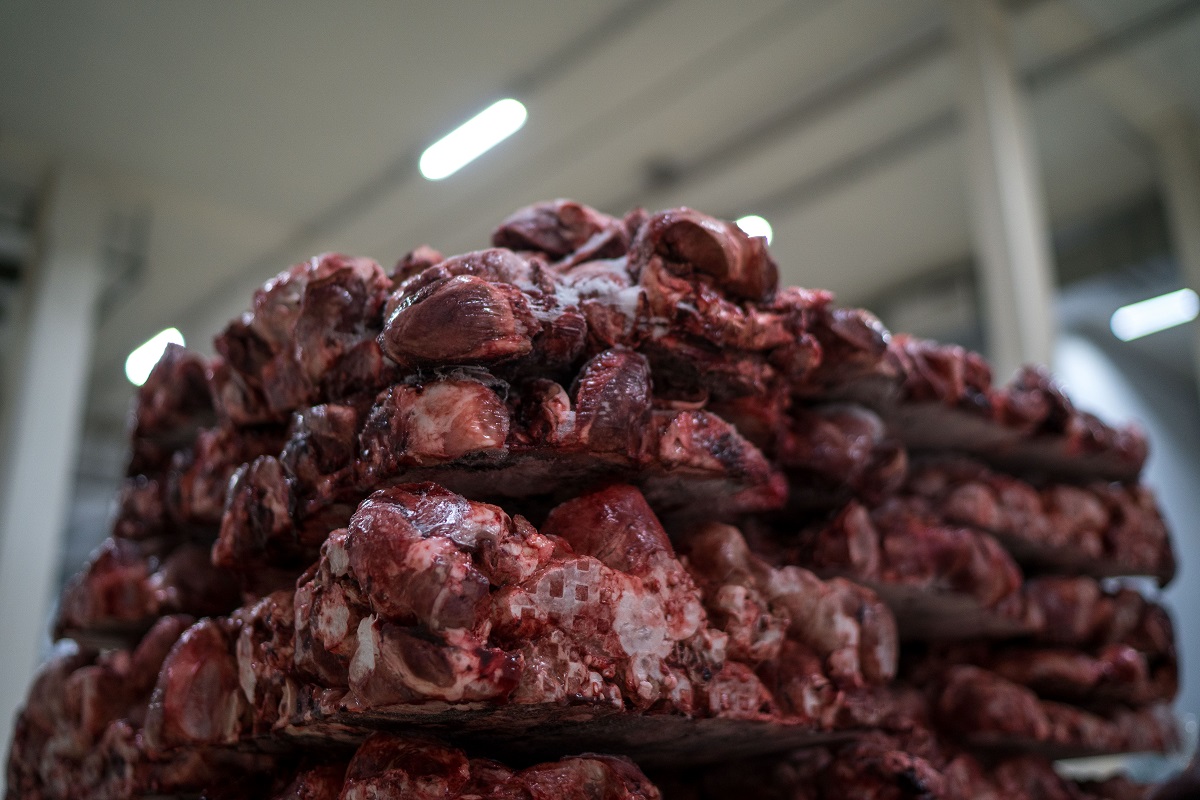Thus, in 2020, varroatosis was recorded in 28 regions of Russia affecting 988 honey bee colonies. This year, 434 honey bee colonies in 21 regions were infected with varroatosis, a spokesperson for the Ministry of Agriculture said.
In 2020, outbreaks of nosematosis were recorded in 25 regions, 988 honey bee colonies were infected.
Within 9 months of 2021, nosematosis was recorded in 26 regions, 667 honey bee colonies were infected.
“Additionally, there has been an increase in the incidence of acarapidosis in bees. In 2020, 38 honey bee colonies were infected, and within 9 months of the same year, the total of the infected honey bee colonies reached 145. The maximum number of cases was registered in the Udmurt Republic,” said Olga Busheva.
She also pointed out single cases of the infectious diseases such as exoacarapidosis (recorded in Kostromskaya Oblast and the Komi Republic), bee paralysis virus (recorded in Kurskaya Oblast, Krasnodarski Krai), European foulbrood of honey bees (recorded in Permski Krai, region, the Altai Republic), amoebiasis (recorded in Kaluzhskaya Oblast) ), aspergillosis (recorded in the Altai Republic), braulosis (recorded in Nizhegorodskaya Oblast), hafniosis (recorded in Krasnodarski Krai).
The spokesperson for the Ministry of Agriculture stressed that there have been improvements in a number of epizootic honey bee diseases. “Thus, there have been no records of ascosphaerosis, sacbrood virus, parafoulbrood and bee septicemia in the current year,” said Olga Busheva.
As a reminder, from March 1, new veterinary beekeeping rules aimed at reducing the spread of honey bee infectious diseases will come into force March 1, 2022.







